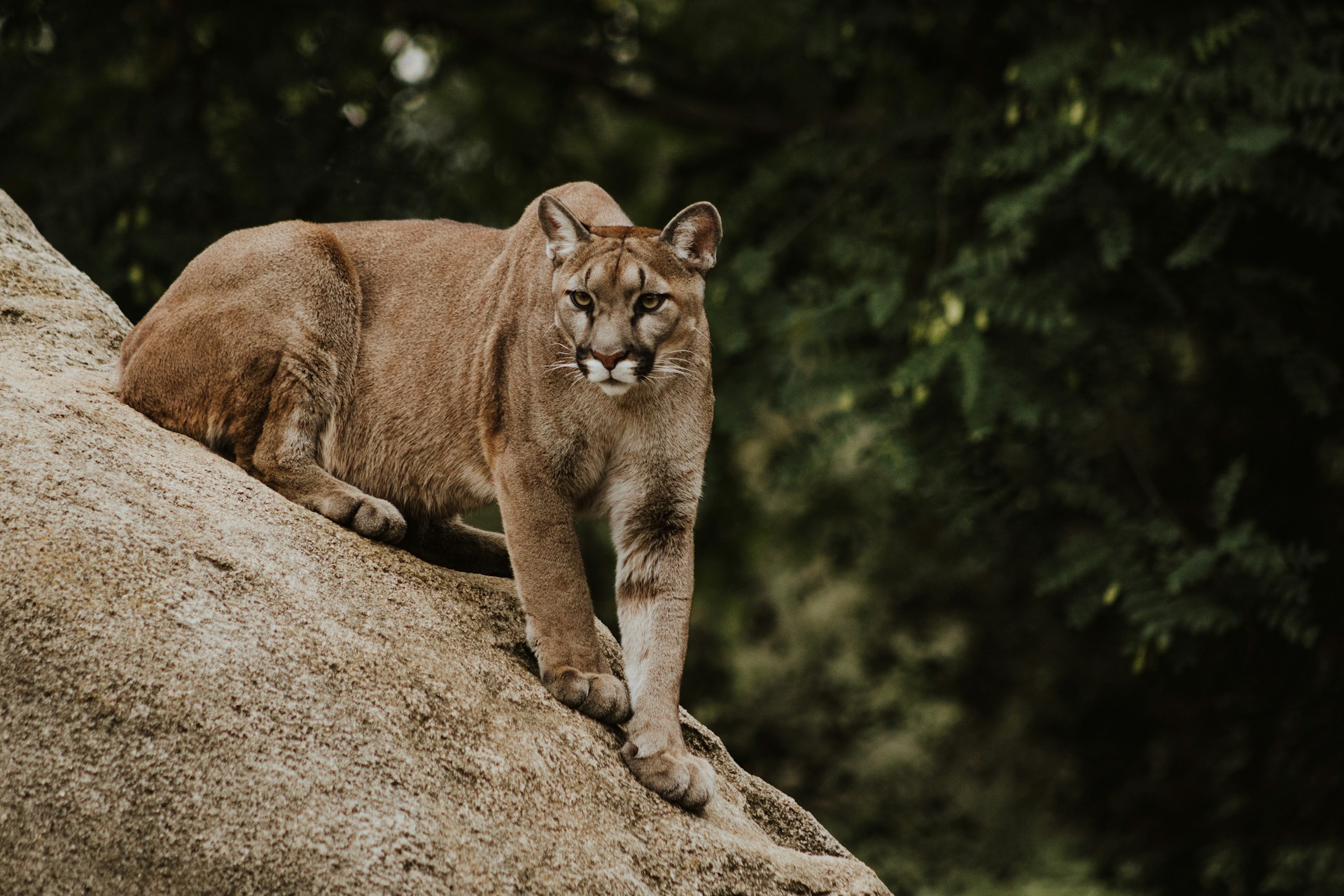Deep in the wilderness of North America, a remarkable phenomenon occurs as mountain lions embark on epic journeys that span hundreds, sometimes thousands, of miles across diverse landscapes. These solitary predators, also known as cougars, pumas, or panthers, demonstrate extraordinary navigational abilities and physical endurance as they traverse mountains, deserts, highways, and even suburban neighborhoods. Their long-distance travels have long fascinated wildlife biologists, challenged conservation efforts, and occasionally captured public attention when these secretive cats appear in unexpected places.
Understanding why and how mountain lions undertake these marathon migrations reveals not only the amazing adaptability of these apex predators but also highlights the complex challenges they face in increasingly fragmented habitats.
The Record-Breaking Travelers of the Cat World
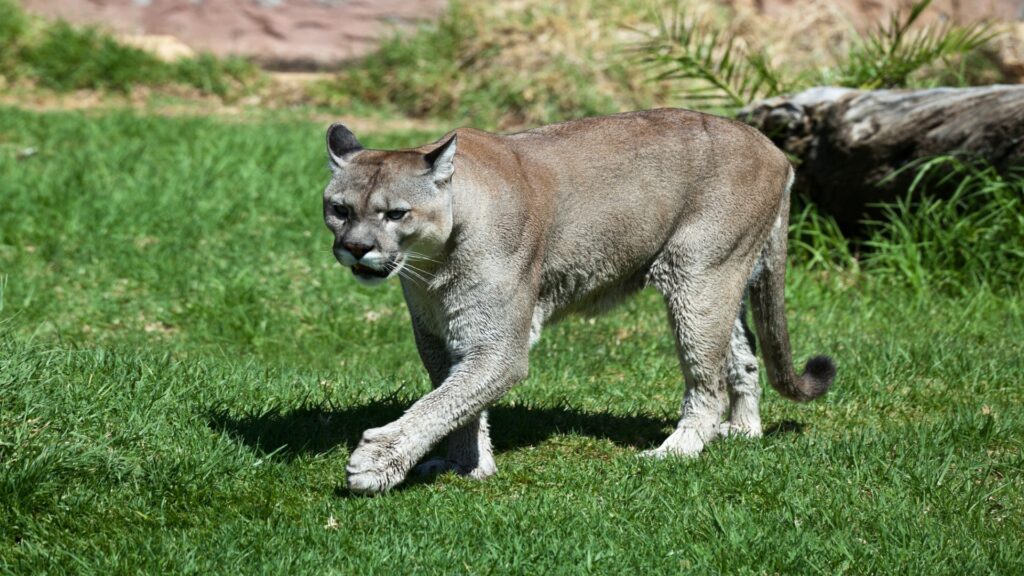
Mountain lions hold impressive records for mammalian travel distances that rival those of wolves and caribou. One of the most documented cases involved a male mountain lion dubbed “M34” that journeyed over 1,500 miles from the Black Hills of South Dakota to Connecticut, where he was unfortunately struck by a vehicle in 2011. Another remarkable traveler, “P22,” navigated through densely populated parts of Los Angeles to establish a territory in Griffith Park, crossing multiple major highways in the process.
Female mountain lions typically travel shorter distances than males, but some have been documented moving more than 400 miles from their birthplace. These journeys aren’t quick sprints but often unfold over months or even years as the animals navigate an obstacle course of natural and human-made barriers.
Dispersal: The Biological Imperative Behind Long Journeys
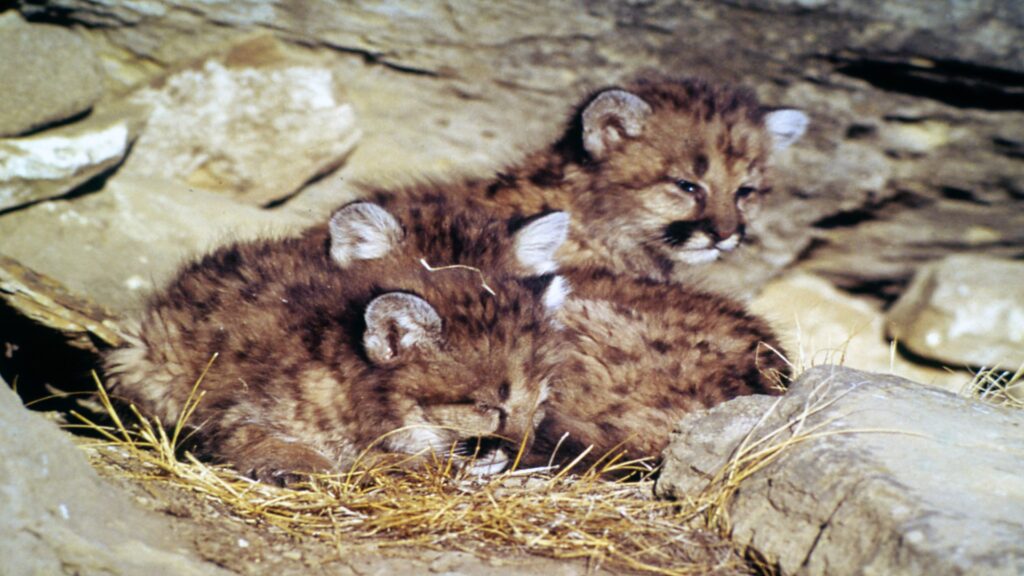
The primary driver behind mountain lions’ long-distance travels is a biological process called dispersal, which serves as nature’s mechanism for preventing inbreeding and promoting genetic diversity. Young mountain lions, particularly males between 1 and 3 years old, leave their mother’s territory to establish their own range and avoid competition with related individuals. This dispersal pattern helps ensure that mountain lions don’t mate with close relatives, which would lead to genetic problems within populations.
Female mountain lions are less likely to disperse long distances and often establish territories closer to their birthplace; however, they still move far enough to avoid breeding with relatives. Researchers have found that this sex-biased dispersal pattern is consistent across mountain lion populations throughout North America, indicating its evolutionary importance to the species’ survival.
The Navigation Abilities That Guide Wilderness Marathons
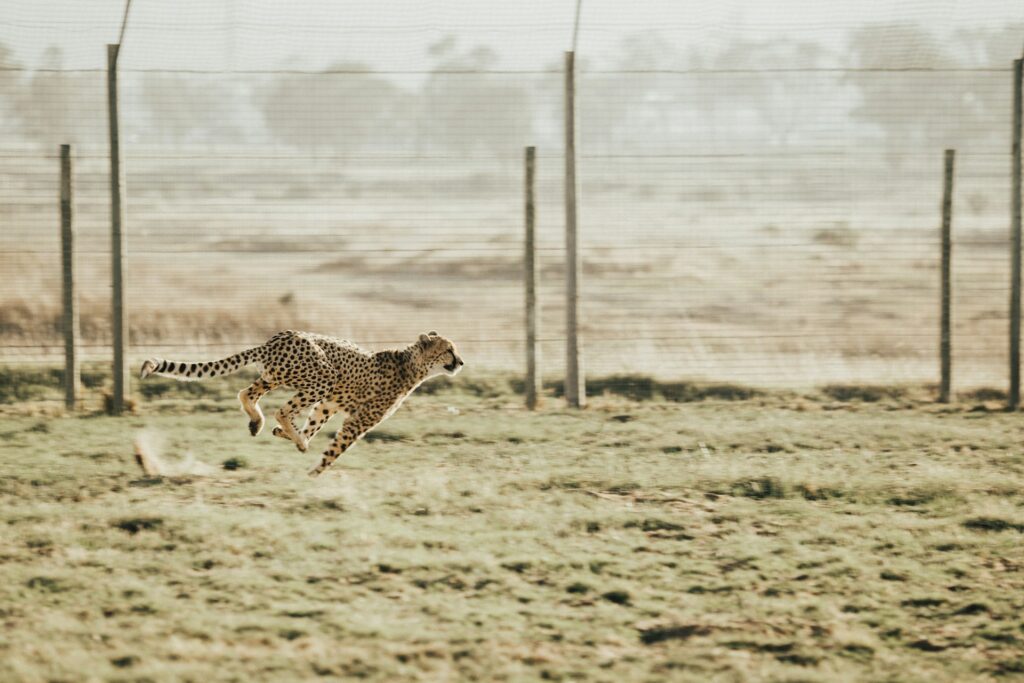
How mountain lions navigate across vast and unfamiliar landscapes remains something of a scientific mystery, though researchers have developed several compelling theories. These cats likely use a combination of innate directional sense, landscape features, and sensory information to guide their journeys. Mountain lions possess excellent vision and can potentially use distant landmarks like mountain ranges to orient themselves. Their acute sense of smell allows them to detect territories of other mountain lions and potential prey sources, which may influence travel directions.
Some research suggests that, like certain migratory birds, mountain lions might detect Earth’s magnetic field to maintain direction over long distances. Scientists tracking collared mountain lions have observed that their routes often follow natural corridors like river valleys and ridgelines, demonstrating an intuitive understanding of landscape navigation.
Overcoming Natural Barriers: Rivers, Mountains, and Deserts
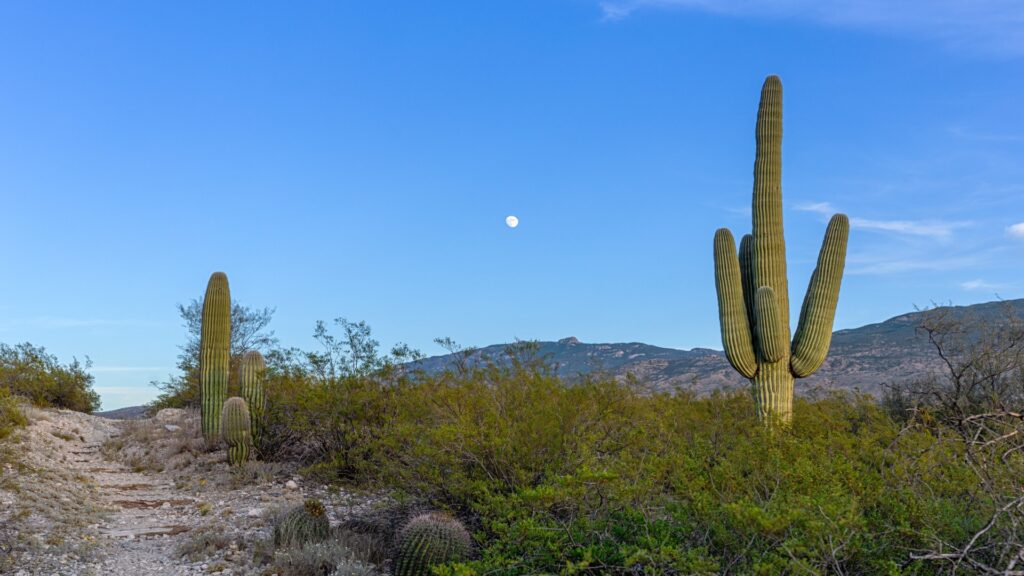
During their extensive journeys, mountain lions demonstrate remarkable abilities to overcome formidable natural barriers that would stop many other animals. These powerful cats can swim across rivers over half a mile wide, as documented in studies tracking collared individuals crossing the Mississippi and other major waterways. In mountainous regions, they navigate through deep snow and over high passes, with GPS collar data showing some individuals traveling at elevations exceeding 10,000 feet.
Desert crossings present particular challenges of heat and dehydration, yet mountain lions have been tracked moving through the Sonoran and Mojave deserts, traveling primarily at night and resting in whatever shade they can find during the day. Their physical adaptations, including large paw pads that distribute weight effectively over snow and rough terrain, enable these incredible feats of natural barrier crossing.
Human Infrastructure: The Deadliest Obstacle
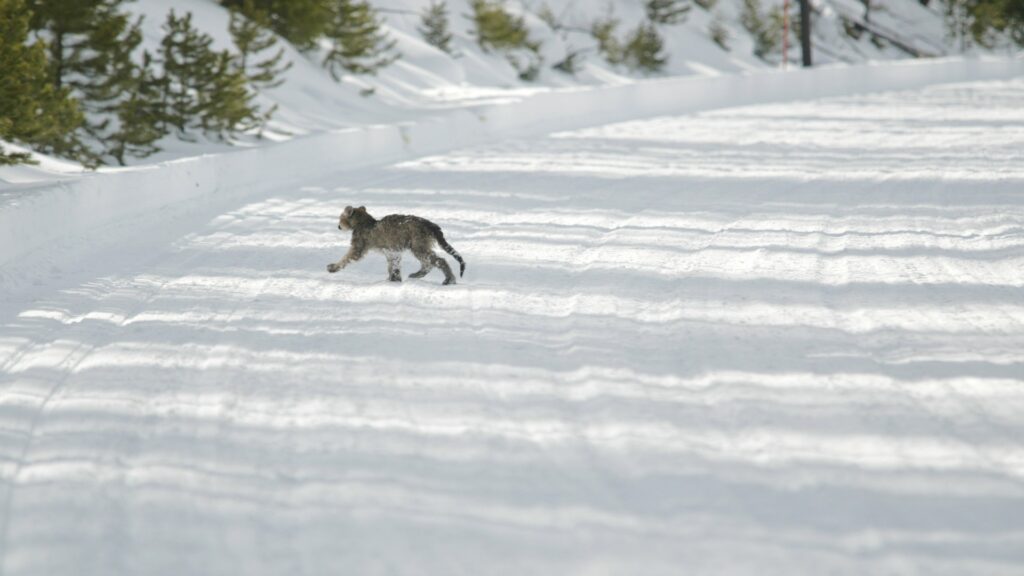
While mountain lions have evolved to overcome natural barriers, human infrastructure presents challenges of a different magnitude and has become the most significant threat to their long-distance movements. Highways with their constant traffic flow create deadly gauntlets; research indicates that vehicle collisions are among the leading causes of death for dispersing mountain lions. Urban development fragments habitat and creates impenetrable zones that force mountain lions to either stop their journey or take dangerous detours. Railroad corridors, canals, and extensive agricultural areas can similarly disrupt natural movement patterns.
Even when mountain lions successfully navigate through developed areas, they face increased risks of conflict with humans and domestic animals and unfamiliar dangers like rodenticide poisoning. The famous case of P22 in Los Angeles highlights both the remarkable adaptability of mountain lions and the extreme challenges they face in human-dominated landscapes.
Technology Revealing the Secret Lives of Traveling Cougars
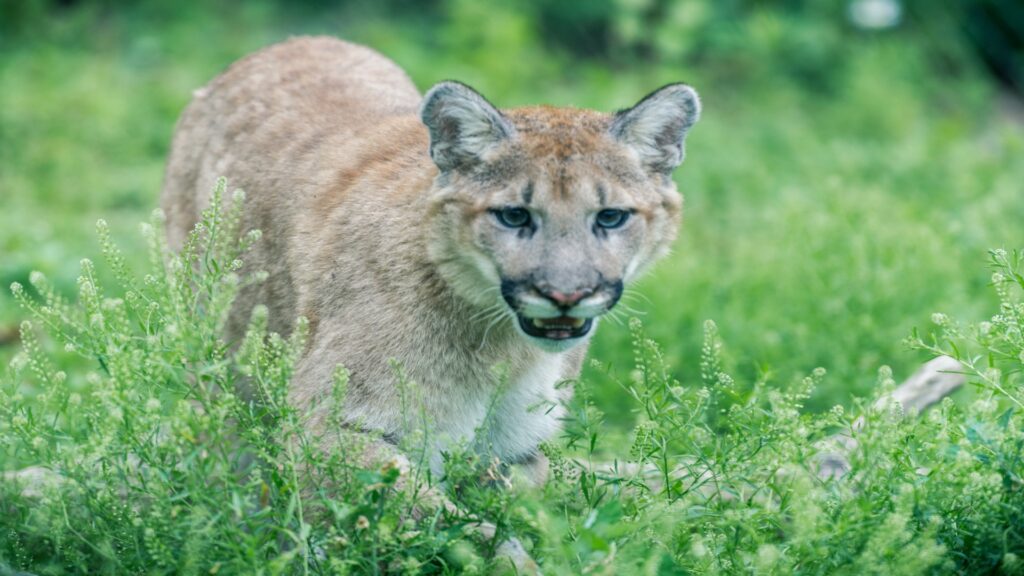
Modern tracking technology has revolutionized our understanding of mountain lion movements, transforming what was once speculation into documented science. GPS collars that transmit location data via satellite have allowed researchers to follow mountain lions’ journeys in near-real time, revealing detailed information about routes, rest stops, and travel speeds. Some advanced collars include accelerometers that detect activity patterns, helping distinguish between active travel and hunting behaviors.
Camera traps strategically placed along likely travel corridors capture photographic evidence of uncollared individuals, complementing tracking data. Genetic sampling techniques enable scientists to track family relationships between distant mountain lion populations, providing evidence of successful breeding after long-distance dispersal. This technological toolbox has transformed mountain lion research, revealing patterns that would have remained hidden just decades ago.
The Genetic Importance of Long-Distance Travelers
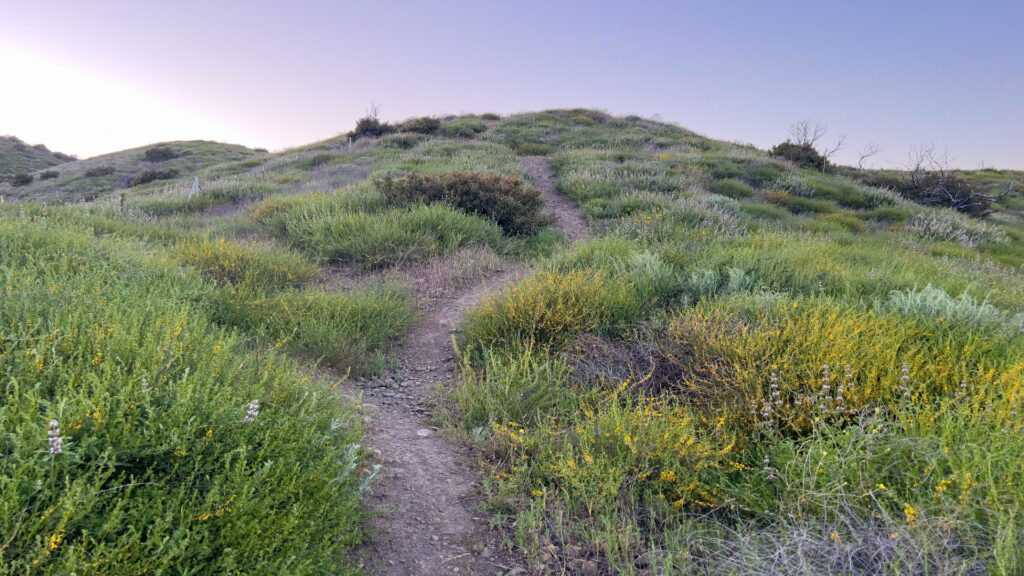
The marathon journeys undertaken by mountain lions play a crucial role in maintaining genetic health across the species’ range. When a mountain lion successfully completes a long-distance dispersal and breeds in a new area, it introduces new genetic material that can help counteract inbreeding depression in isolated populations. This genetic connectivity becomes increasingly important as human development fragments habitats and creates isolated “island” populations of mountain lions.
Studies in places like the Santa Ana Mountains of California have demonstrated dangerously low genetic diversity in isolated mountain lion groups, highlighting the importance of occasional immigrants. Conservation geneticists now view these long-distance travelers as “genetic rescuers” whose successful journeys can mean the difference between population persistence and local extinction for some mountain lion groups.
Seasonal Patterns and Climate Influences
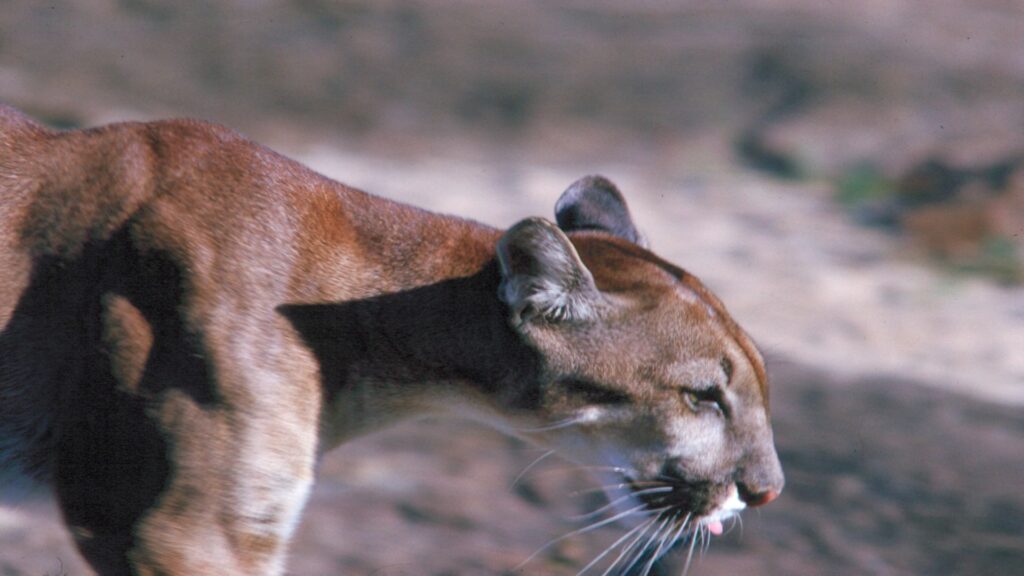
Mountain lion movements often follow seasonal patterns influenced by weather conditions, prey availability, and reproductive cycles. In northern regions, harsh winter conditions with deep snow can trigger longer migrations to lower elevations where deer and elk congregate.
Summer drought conditions may force mountain lions to travel farther between water sources, expanding their typical movement ranges. Research suggests that dispersal journeys often begin in late autumn or early winter, possibly timed to when young mountain lions reach physical maturity and when prey movement patterns shift.
Climate change appears to be altering some of these traditional patterns, with warming temperatures allowing mountain lions to remain at higher elevations later into winter in some regions. These seasonal influences create complex movement patterns that vary across the species’ vast North American range.
Famous Mountain Lion Journeys That Captured Public Attention
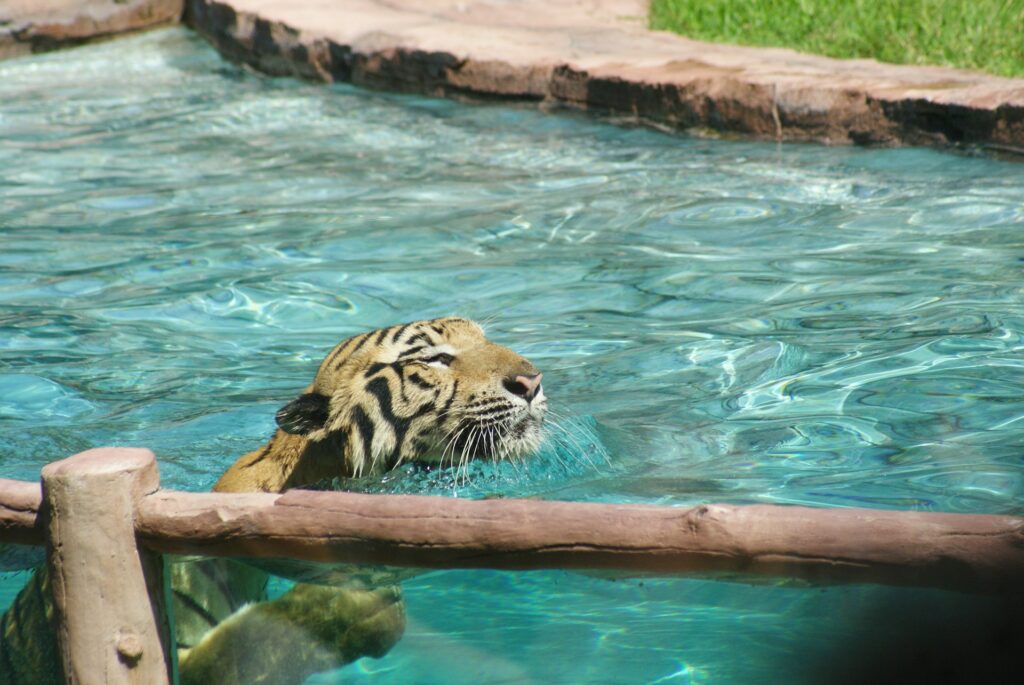
Certain individual mountain lions have become famous for their extraordinary journeys, capturing public imagination and often highlighting conservation challenges. The previously mentioned “Connecticut cat” (M34) traveled from South Dakota through Minnesota, Wisconsin, and New York before meeting his fate in Connecticut, representing the longest documented mountain lion journey in history.
In California, P22 became a celebrity after making his home in Griffith Park, with his image captured against the Hollywood sign becoming an iconic wildlife photograph. A mountain lion known as “The Black Hills traveler” journeyed over 800 miles from South Dakota to Oklahoma before being killed by a train.
In Florida, a young male panther swam across the Caloosahatchee River in 2016, becoming the first documented case in decades of natural northern range expansion in the endangered Florida panther population. These individual stories have done more to raise public awareness about mountain lion conservation than almost any scientific study.
Wildlife Corridors: Creating Highways for Mountain Lions
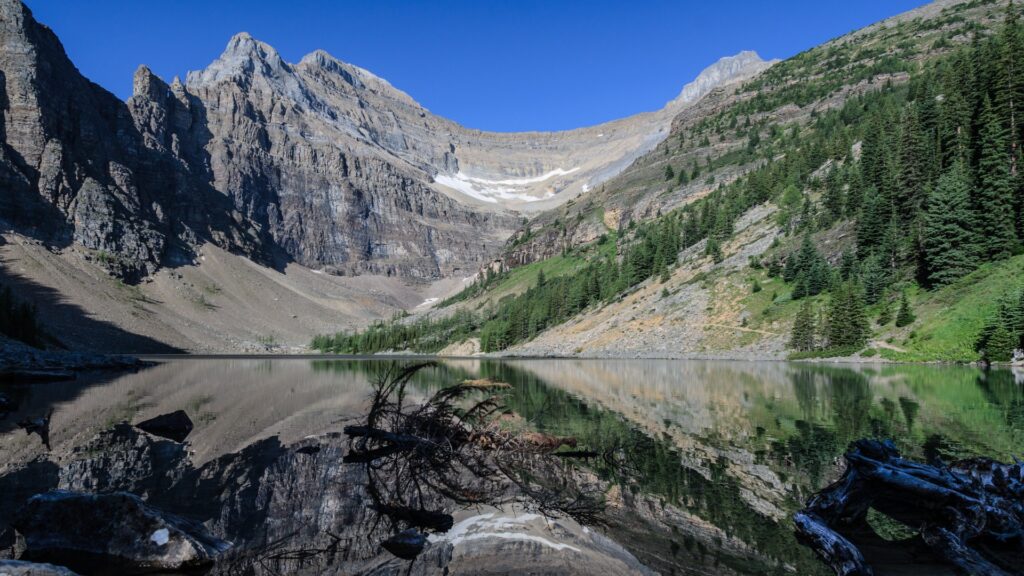
As researchers have documented the challenges facing traveling mountain lions, conservation efforts have increasingly focused on establishing and protecting wildlife corridors. These are strategically preserved or restored habitat connections that allow mountain lions and other wildlife to move safely between larger habitat blocks. The most visible examples are wildlife overpasses and underpasses that cross major highways, with successful structures built in locations like Banff National Park in Canada and increasingly planned across the western United States.
Land trusts and conservation organizations have prioritized purchasing or establishing easements on properties that serve as natural movement corridors. Urban planning in some regions now incorporates wildlife movement needs, preserving critical connections rather than allowing complete development across potential travel routes. These efforts represent a growing recognition that connected habitats are essential not just for mountain lions but for ecosystem health broadly.
The Future Challenges for Traveling Mountain Lions
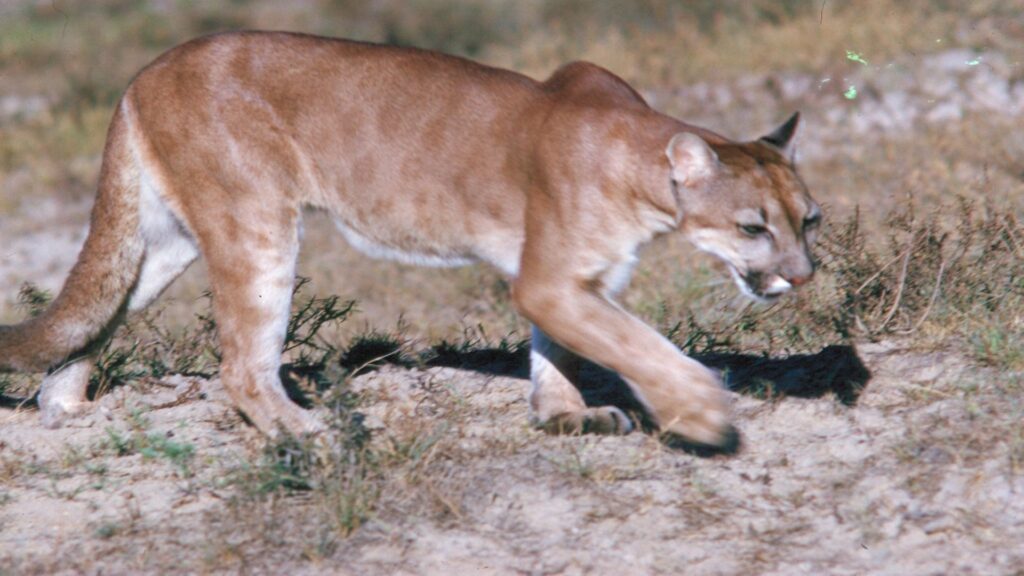
Looking ahead, mountain lions face a complex landscape of both opportunities and threats for their long-distance movements. Climate change models predict shifts in prey distribution and habitat suitability that may require mountain lions to adapt their traditional movement patterns. Expanding human development continues to fragment habitat, with the pace of subdivision and road building outstripping conservation efforts in many regions.
Increasing human recreation in previously remote areas creates new sources of disturbance that may alter mountain lion movement behaviors. Growing conflicts at the wildland-urban interface, where housing developments meet natural areas, have led to increased mountain lion removals in some states.
Nevertheless, successful conservation efforts like wildlife crossings, improved public education, and strategic habitat protection offer hope that future generations of mountain lions will still be able to undertake their remarkable journeys across the North American landscape.
Citizen Science and Public Engagement in Tracking Movements
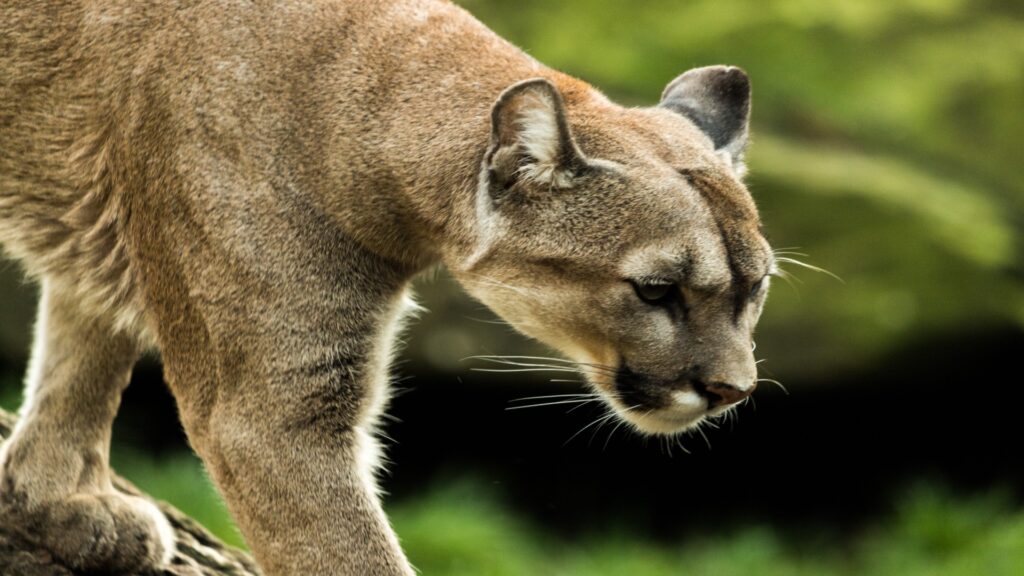
The mystery of traveling mountain lions has increasingly become a shared adventure between scientists and the public through growing citizen science initiatives. Smartphone apps like iNaturalist allow individuals to report verified mountain lion sightings, creating valuable data points that help track movements, especially of uncollared individuals.
Home security cameras and doorbell cameras have captured surprising footage of mountain lions moving through suburban neighborhoods, often at night when most residents are unaware of their presence. School programs in western states have engaged students in tracking projects, teaching both science skills and conservation awareness.
This democratization of wildlife monitoring has not only generated valuable data but has also created a constituency of citizens invested in mountain lion conservation. The growing public engagement with mountain lion movements represents a cultural shift toward coexistence with these remarkable travelers, even as their journeys bring them increasingly into human-dominated landscapes.
Conclusion
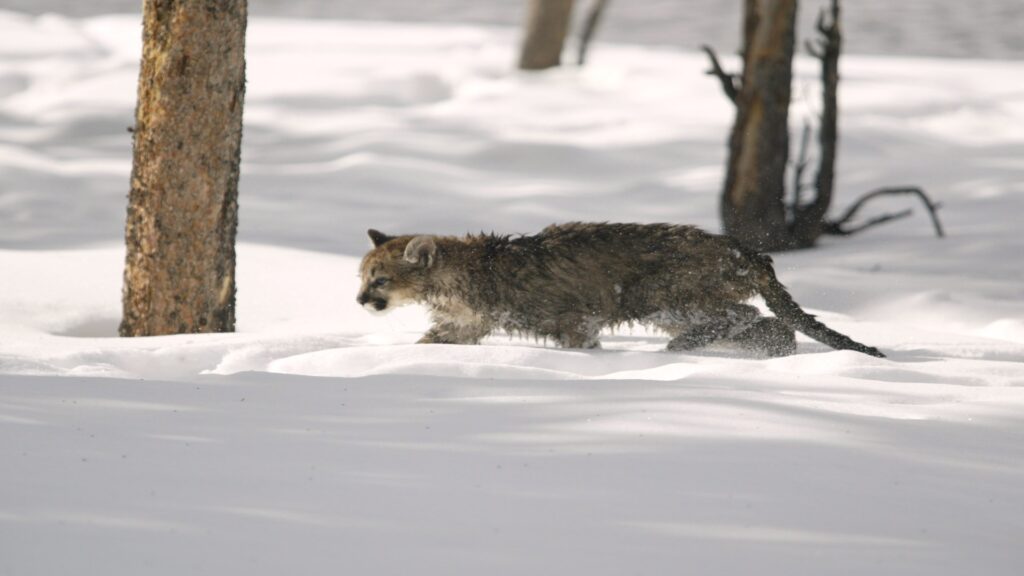
The epic journeys of mountain lions across hundreds of miles represent one of North America’s most remarkable wildlife phenomena. These solitary travelers navigate a gauntlet of natural and human-made obstacles, driven by biological imperatives and guided by senses we are only beginning to understand. As our knowledge of their movements grows through technology and research, so too does our responsibility to ensure these magnificent cats can continue their necessary journeys.
The future of healthy mountain lion populations depends on our ability to maintain connected landscapes across increasingly developed regions. Perhaps most importantly, these traveling cats remind us that even in our modern, developed world, wild things still move among us, following ancient patterns that connect distant landscapes in ways invisible to human eyes but essential to the continued richness of our natural heritage.

